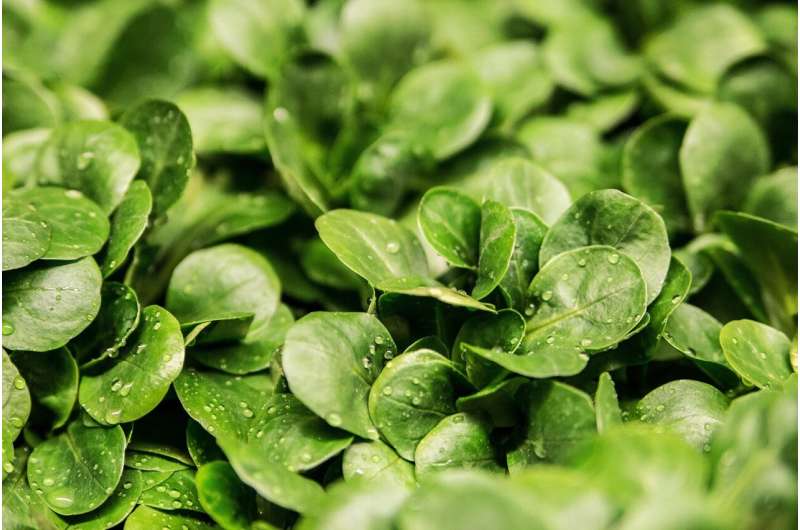
It’s important to eat your veggies, but some essential vitamins and nutrients can only be found in animals, including certain amino acids and peptides. Now, in a proof-of-concept study published in the Journal of Agricultural and Food Chemistry, researchers have developed a method to produce creatine, carnosine and taurine—all animal-based nutrients and common workout supplements—right inside a plant. The system allows for different synthetic modules to be easily stacked together to boost production.
Plants can be surprisingly receptive when asked to produce compounds they’re not used to making. Using a specialized bacterium, scientists have transferred DNA instructions for all manner of amino acids, peptides, proteins or other molecules into different plants’ cells. This technology helped create lettuce with peptide components that reduced bone loss, for example. But when it comes to more complex compounds, the transferred DNA instructions could alter the host’s natural metabolism enough to eventually reduce the output of the desired product.
Researcher Pengxiang Fan and colleagues wanted to address this issue by introducing instructions in the form of synthetic modules that not only encoded their intended product, but also the molecules used to build it. They hoped to increase the yield of three desired nutrients: creatine, carnosine and taurine.
The team put the swappable synthetic modules to the test in Nicotiana benthamiana, a tobacco-like plant used as a model organism in synthetic biology applications:
- The creatine module containing the two genes for creatine synthesis resulted in 2.3 micrograms of the peptide per gram of plant material.
- The carnosine peptide was produced using a module for carnosine and another module for one of the two amino acids used to build the peptide, β-alanine. Though β-alanine is naturally found in N. benthamiana, it’s in small amounts, so stacking the modules together increased carnosine production by 3.8-fold.
- Surprisingly, for taurine, a double-module approach was unsuccessful for creating the amino acid. Instead, a larger disruption to the metabolism occurred, and little taurine was produced as the plant tried to get things back on track.
Overall, this work demonstrates an effective framework for producing some of the complex nutrients typically found in animals in a living plant system. The researchers say that future work could apply this method to edible plants—including fruits or vegetables, rather than just leaves—or other plants that could act as bio-factories to sustainably produce these nutrients.
More information:
Engineering Plant Metabolism for Synthesizing Amino Acid Derivatives of Animal Origin Using a Synthetic Modular Approach, Journal of Agricultural and Food Chemistry (2024). DOI: 10.1021/acs.jafc.4c05719
Citation:
Synthetic modules boost production of animal-based nutrients in plants (2024, October 2)
retrieved 2 October 2024
from https://phys.org/news/2024-10-synthetic-modules-boost-production-animal.html
This document is subject to copyright. Apart from any fair dealing for the purpose of private study or research, no
part may be reproduced without the written permission. The content is provided for information purposes only.







